Shrimp jerky is a familiar ingredient in many Vietnamese kitchens and a beloved snack. When stir-fried with other ingredients such as spoon vegetables, it becomes a delicious and appetizing dish. Dried shrimp is considered a protein-rich food, but is it really healthy? Let’s explore the nutritional value of dried shrimp and find out if eating too much of it can be detrimental to our health.
< >
1 Nutritional Value of Dried Shrimp
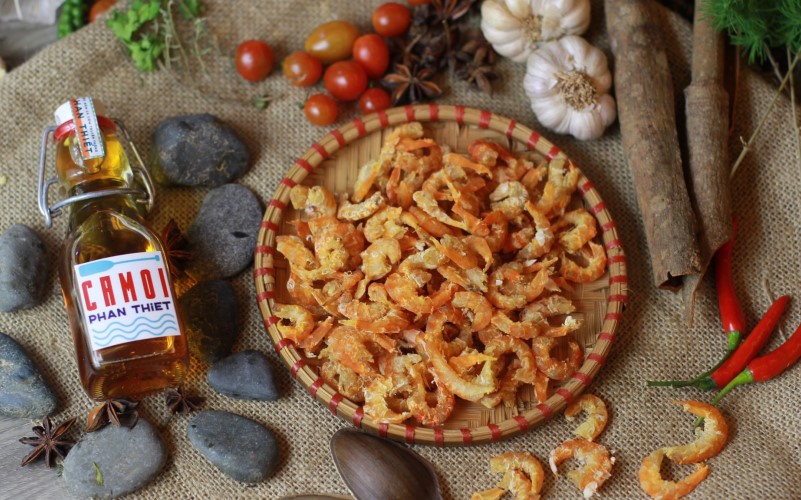
Dried shrimp is made by sun-drying fresh shrimp, and the best type is made from freshwater shrimp. Typically, it takes about 5-6 kilograms of fresh shrimp to produce 1 kilogram of dried shrimp. Dried shrimp is not only popular in Vietnam, where it is a specialty in regions like Phan Rang – Ninh Thuan, Khanh Hoa, Bac Lieu, and Ca Mau, but it is also common in other Southeast Asian countries, as well as in China, South Korea, and some African nations.
Unlike fresh shrimp, which can have a slightly overpowering taste when cooked, dried shrimp has a milder flavor while still retaining the distinctive shrimp taste, enhancing the aroma and appeal of the dish.
In terms of nutritional value, dried shrimp is actually a highly nutritious food. 100 grams of dried shrimp in Vietnam provides only 347 calories but is extremely rich in protein and other minerals. Specifically, according to a study by the Institute of Nutrition and the Institute of Hygiene and Epidemiology, 100 grams of dried shrimp contains the following:
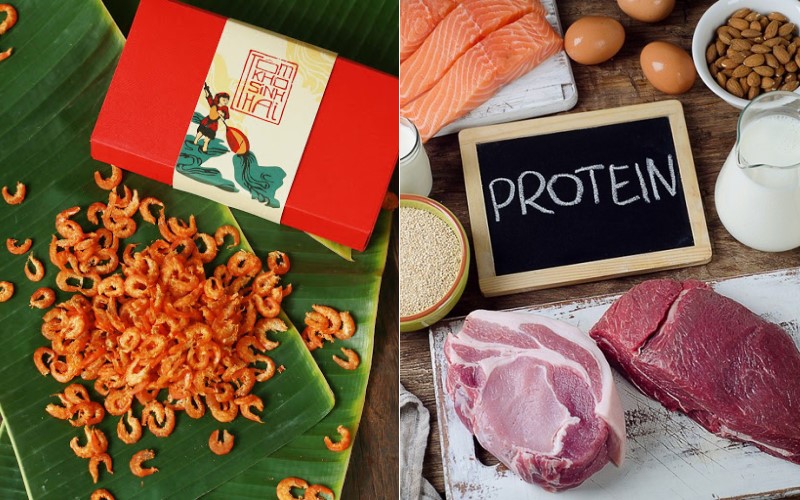
Protein – 75.6 grams: This is a significantly higher protein content compared to fresh shrimp, which has only 18.4 grams. Moreover, the protein content in dried shrimp is considered the highest among various foods, surpassing both beef (17.6 grams of protein per 100 grams) and pork (18.6 grams of protein per 100 grams of lean meat). These findings challenge the common belief that fresh animal meat is the richest source of protein. Protein is essential for cellular life and maintaining human bodily functions.
Calcium – 236 milligrams: Dried shrimp is also a good source of calcium, the most abundant mineral in the human body. Calcium plays a crucial role in bone and muscle development, blood circulation, and skin elasticity.

Phosphorus – 995 milligrams: Dried shrimp is a rich source of phosphorus, the second most abundant mineral in the body after calcium. Phosphorus has numerous important functions, including tissue and cell repair, bone and tooth development, and cleansing the blood and body of waste products.
Iron – 4.6 milligrams: Iron deficiency can lead to anemia, weakness, and shortness of breath. Dried shrimp provides an easily absorbable source of iron for the body.
Other minerals found in dried shrimp include magnesium (509.5 milligrams), potassium (415 milligrams), and unsaturated fat (3.8 grams).
2 Is It Healthy to Eat a Lot of Dried Shrimp?
Due to its high protein content, the Institute of Nutrition in Vietnam recommends consuming dried shrimp in moderation. Excessive protein intake over a prolonged period can lead to constipation, weight gain, halitosis, dehydration, and increased risk of colorectal cancer, gout, and heart disease. According to the institute’s guidelines, an 80-kilogram adult only needs to consume slightly less than 100 grams of shrimp to meet their daily protein requirements.
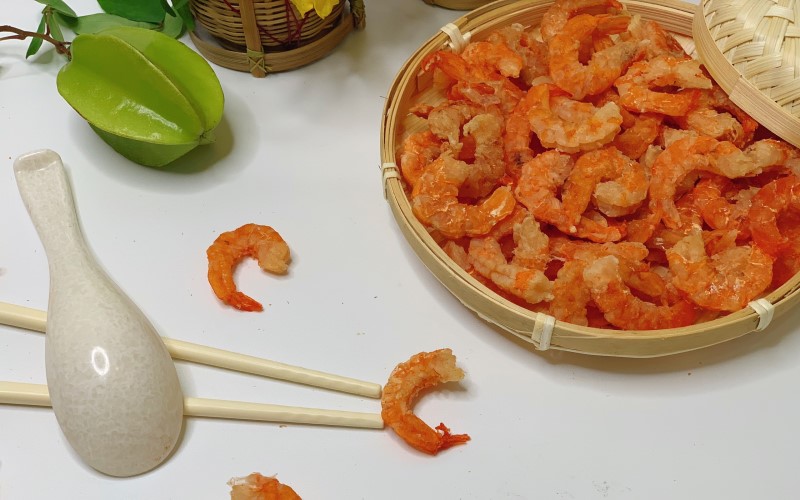
In conclusion, dried shrimp is a safe and nutritious food when consumed in moderation. There are various ways to prepare dried shrimp, such as combining it with pork, seaweed, or using it to make soup, especially with green squash or gourd, sweet and sour stew, or green onion and pepper, all while providing a good source of nutrition.
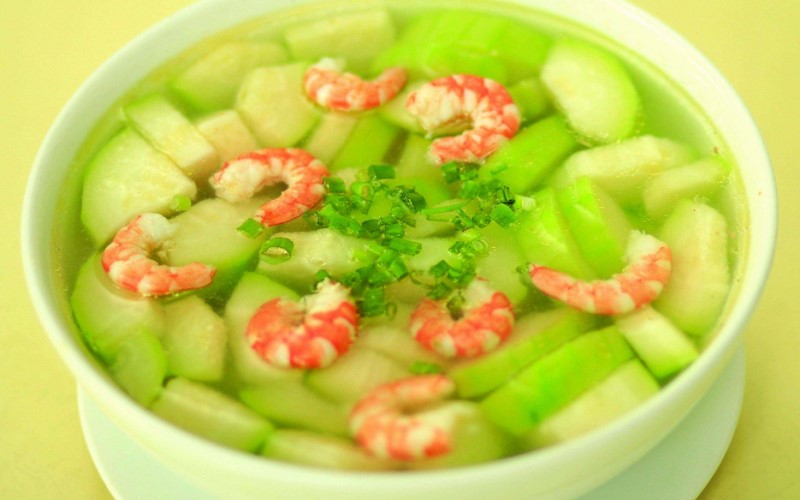
When dried shrimp is properly made and stored, its important nutrients are retained, ensuring the best quality and safety for consumption. When purchasing dried shrimp from traditional markets, supermarkets, or food stores, it is crucial to choose carefully to avoid fake, moldy, or low-quality products.
To select good-quality dried shrimp, one should carefully observe its appearance, color, and aroma. Ideally, dried shrimp should have a light to bright pink color, neither pale nor dark. If buying whole dried shrimp, ensure they are intact and not crushed. For headless dried shrimp, look for whole pieces without any signs of crumbling, insect damage, or mold.
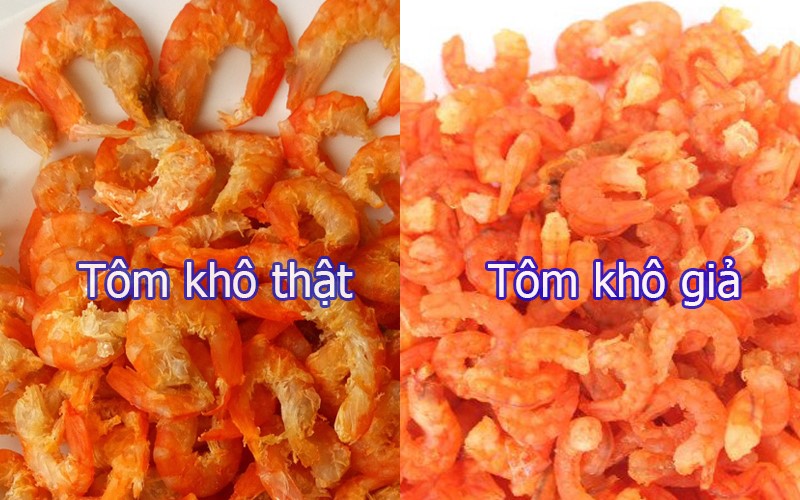
In terms of aroma, high-quality dried shrimp should have a pleasant and natural fragrance without any strange odors. On the other hand, low-quality “fake” shrimp may be difficult to separate by hand and may contain chemicals for cleaning, whitening, or plastic odors. If burned with a lighter, fake dried shrimp will produce black smoke and a burnt smell. Additionally, it is important to choose reputable dried shrimp brands to ensure food safety and prevent food poisoning.
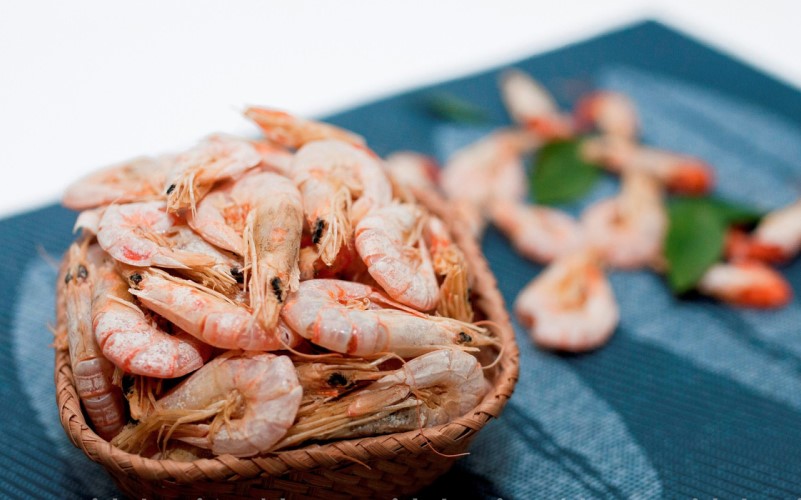
In conclusion, we hope this article has helped you understand the nutritional value of dried shrimp and its impact on health. While dried shrimp offers many beneficial nutrients, it is essential to practice moderation in your daily consumption and avoid low-quality products. We trust that you now have the knowledge to confidently select delicious and nutritious dried shrimp to enjoy during the Tet holidays and in your everyday life.
>>
>>
>>
8 Common Mistakes People Make with Cutting Boards
Are you using your cutting board correctly? Many Vietnamese households rely on cutting boards in their kitchen, but not everyone knows how to use them properly, especially when it comes to wooden cutting boards. Check out these 8 mistakes to avoid when using a cutting board to ensure both hygiene and safety for everyone in your family.
Is Refrigerated Leftovers Linked to an Increased Risk of Cancer?
Dr. Lam Van Man, Head of Research, Development and Technology Transfer Department of the Institute of Safety Food, has warned of the risk of food poisoning when reheating leftovers from the refrigerator. But what should we be aware of when it comes to the possibility of these leftovers causing cancer? Here, we explore what the experts have to say on the matter and offer some tips for safe eating.






































